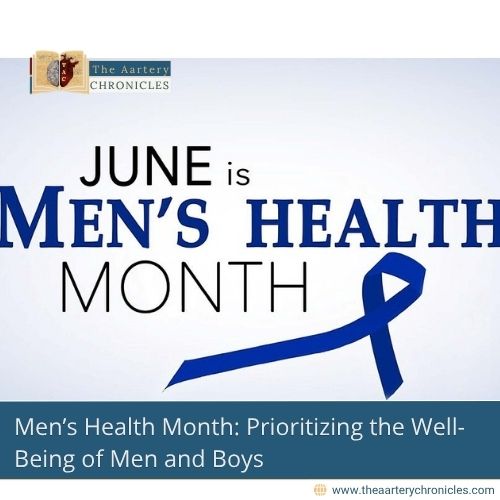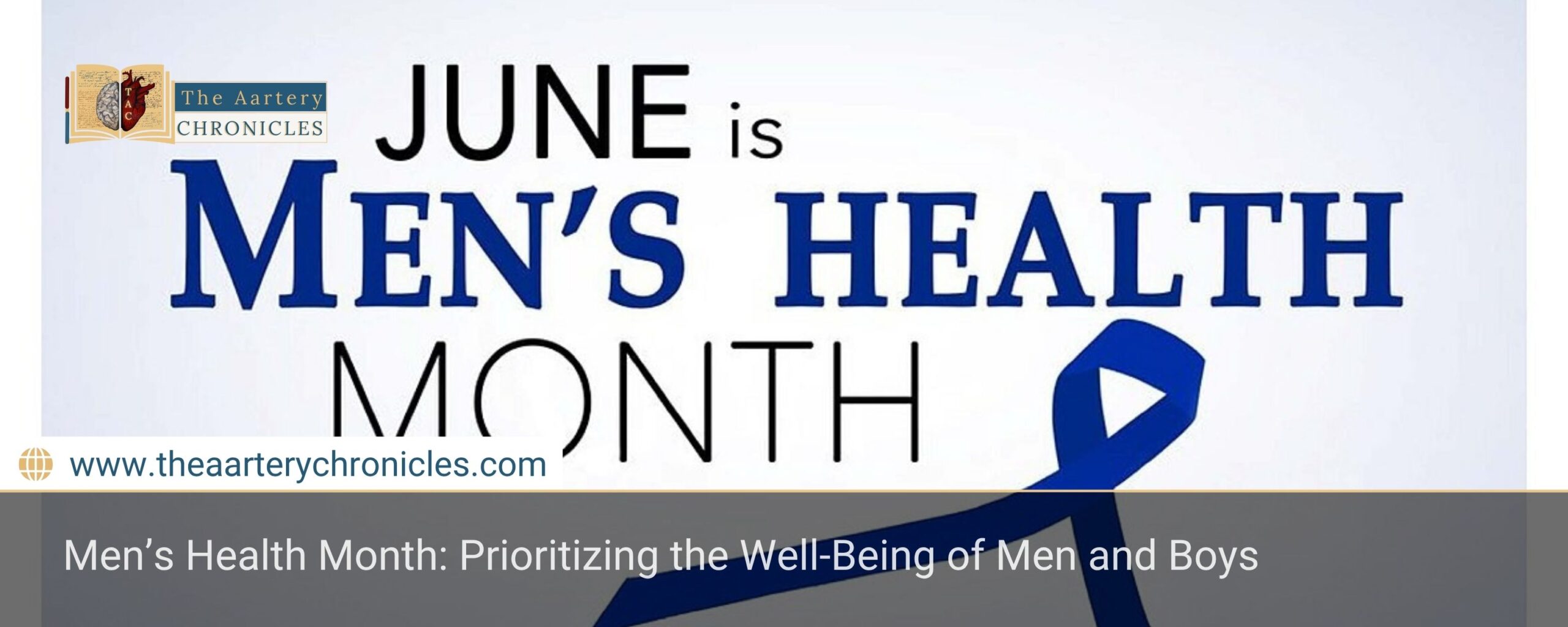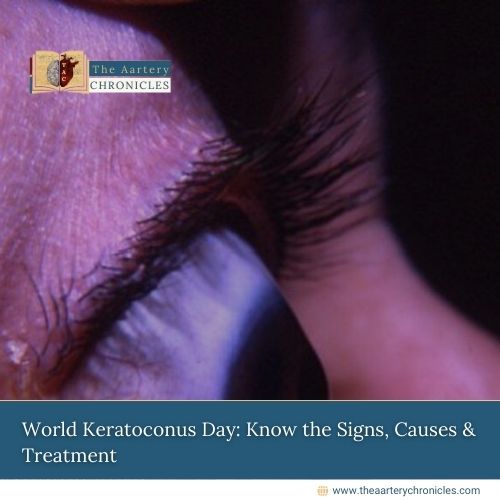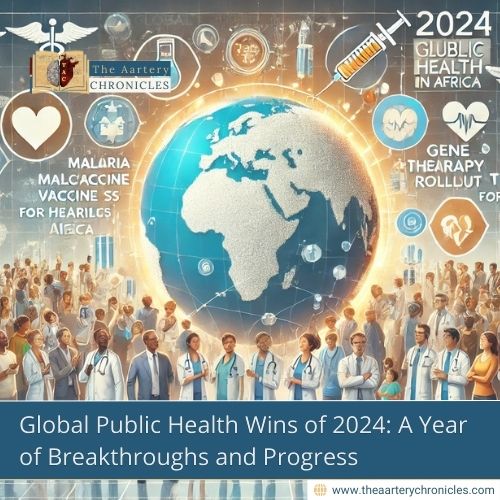

Men’s Health Month: Prioritizing the Well-Being of Men and Boys
Every June, we observe Men’s Health Month — a national and international campaign dedicated to raising awareness about preventable health problems that affect men and boys. The month is aimed at encouraging early detection, healthier habits, and regular checkups to help men live longer, stronger lives.
Why Men's Health Matters
Men face specific health challenges and often don’t prioritize their health as much as women do, which can lead to delays in seeking care or preventive treatment. A large number of men neglect regular medical checkups, ignore warning signs, and are reluctant to reach out for help with mental health struggles. As a result, this can contribute to late diagnoses and worsened health outcomes.
On average, men live five years less than women and are more likely to die from leading causes of death such as heart disease, cancer, and suicide. Men’s Health Month is a reminder that awareness, early action, and open conversations can save lives.
10 Important Facts About Men’s Health
Here are ten key facts to spotlight during Men’s Health Month:
- Men face higher mortality rates for the top 10 causes of death compared to women.
- Prostate cancer will affect one out of every eight men during their lifetime.
- Men die by suicide nearly four times more often than women.
- There is a 24% lower likelihood for men to engage in routine medical visits compared to women.
- Men have a shorter life expectancy — by about 5 years on average.
- Men aged 15 to 34 are at greatest risk for developing testicular cancer.
- High testosterone levels may be linked to aggressive behavior in some men.
- Men are less likely to seek therapy for mental health issues.
- Men are at a higher risk of skin cancer, particularly melanoma.
- Bone density declines with age in men too, increasing the risk of osteoporosis.
• Heart Disease: The Silent Threat
Heart disease is still the leading contributor to premature deaths in men across the globe. What makes it particularly dangerous is that symptoms are often subtle or entirely absent until a severe event, such as a heart attack or stroke, occurs. Common risk factors include hypertension (high blood pressure), hypercholesterolemia (high cholesterol), excess weight, smoking, and a lack of physical activity. It’s also important to be aware of potential symptoms like unexplained chest discomfort, shortness of breath, or unusual fatigue, and seek immediate medical attention if they occur.
• Cancer: Screening Saves Lives
Cancer ranks as the second most common cause of death among men, with lung, prostate, colorectal, and skin cancers being the most frequently diagnosed. Though rarer overall, testicular cancer is the leading cancer affecting younger men between the ages of 15 and 35. Detecting health issues early greatly increases the chances of successful treatment, which is why regular screenings are so important.
Men should perform routine self-exams, attend scheduled screenings such as ascolonoscopies and prostate-specific antigen (PSA) tests, and maintain regular visits with healthcare providers.
• Suicide: An Overlooked Tragedy
One of the most tragic but often overlooked men’s health issues is suicide. Men account for nearly 80% of suicide deaths, largely due to societal expectations to appear strong and emotionally resilient. This cultural pressure can lead men to suppress their feelings, making it difficult to acknowledge mental health struggles or seek help.
Men’s Health Month offers an important opportunity to break the stigma surrounding male mental health. Encouraging open conversations, providing non-judgmental support, and promoting access to professional help such as therapy and counseling can save lives.
Crisis support is available 24/7 via India’s national suicide prevention helpline, KIRAN, at 1800-599-0019.

• Diabetes: The Wide-Ranging Effects
Type 2 diabetes is a growing epidemic affecting men at increasing rates, often developing earlier than in women. Uncontrolled diabetes can result in a range of serious health problems, including cardiovascular disease, kidney failure, nerve damage, loss of vision, and erectile dysfunction. Regular blood sugar screenings are especially important for men over 45 or those with risk factors such as obesity or a family history of diabetes. A healthy diet, regular physical activity, and weight management are critical components of both prevention and treatment.
• Accidents and Unintentional Injuries
While not a disease, accidents and injuries are a significant health concern for men, particularly younger men who are more prone to risk-taking behaviors. This includes incidents such as car accidents, falls, toxic exposures, and drug overdoses.
Promoting safety awareness, obeying traffic laws, avoiding impaired driving, and practicing safe recreational and workplace habits can help reduce the incidence of these often-preventable injuries.
Key Goals and Activities to Get Involved
Goals
- Raise Awareness About Men’s Health Issues
Educate the public on common health risks affecting men, such as heart disease, cancer, mental health, and diabetes. - Encourage Preventive Care
Promote regular medical checkups, early screenings, and healthier daily habits to catch health problems before they become serious. - Support Mental Well-Being
Break the stigma around men’s mental health by fostering open conversations and encouraging professional support when needed. - Encourage Healthy Lifestyle Choices
Support men in adopting nutritious diets, regular exercise, and quitting harmful habits like smoking. - Support Community and Peer Engagement
Build support networks where men can share experiences and motivate each other toward healthier habits.
Activities
- Health Workshops & Seminars:
Host expert-led sessions on fitness, nutrition, stress management, and preventive care. - Free Screening Camps:
Provide accessible screenings for blood pressure, cholesterol, diabetes, and prostate health. - Fitness Challenges:
Host community fitness events or challenges to encourage physical activity. - Mental Health Awareness Campaigns:
Launch campaigns promoting mental well-being and sharing resources for counseling and crisis support. - Social Media Engagement:
Leverage hashtags, personal testimonials, and informative posts to engage a wider audience. - Partner with Workplaces:
Partner with employers to offer wellness checks, stress-relief activities, and health talks at the office.
Conclusion
Men’s Health Month goes beyond raising awareness—it’s a call to take meaningful action. By promoting education, encouraging healthy choices, and breaking the stigma around men’s health and emotional well-being, we can help men live longer, healthier, and more fulfilling lives.
- The Heart of the World - PMC
- Never Alone-Men’s Health Month 2025 | Canadian Men’s Health Foundation
- Men's Health Month – Celebrated Each June
- Key Statistics for Prostate Cancer | Prostate Cancer Facts | American Cancer Society
- Could androgens be relevant to partly explain why men have lower life expectancy than women? | Journal of Epidemiology & Community Health
- Risk factors causes stats – Testicular Cancer Society
- Are men shortchanged on health? Perspective on life expectancy, morbidity, and mortality in men and women in the United States - PubMed
- Men’s Suicide Stats | Understanding Higher Rates Among Men
- Epidemiology of type 2 diabetes in India - PMC









